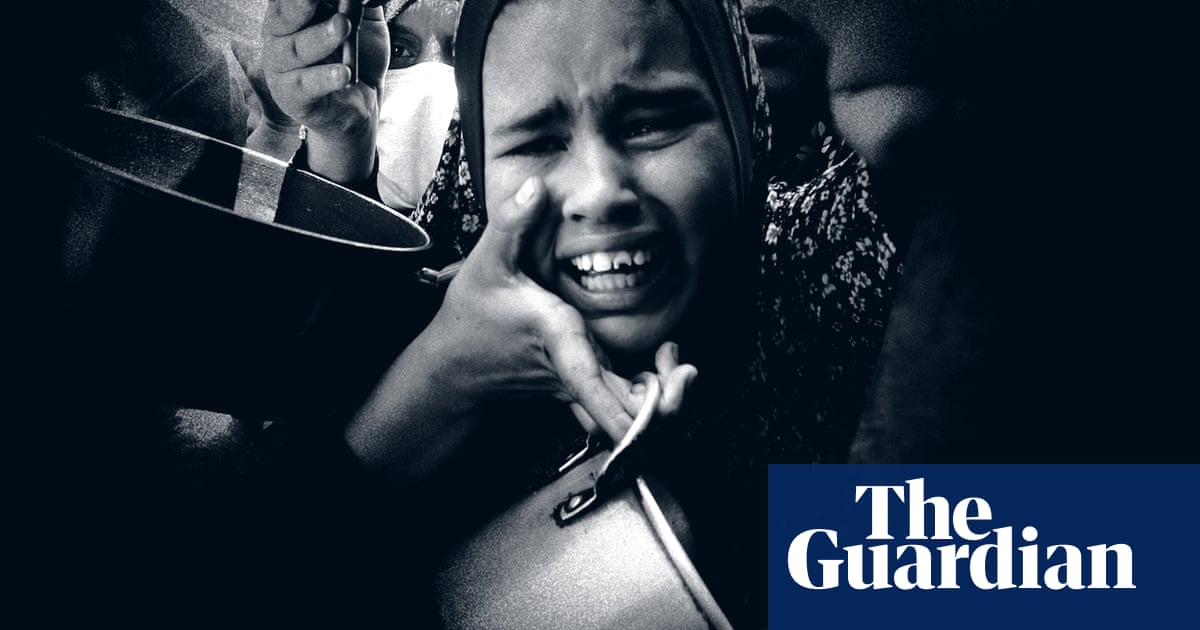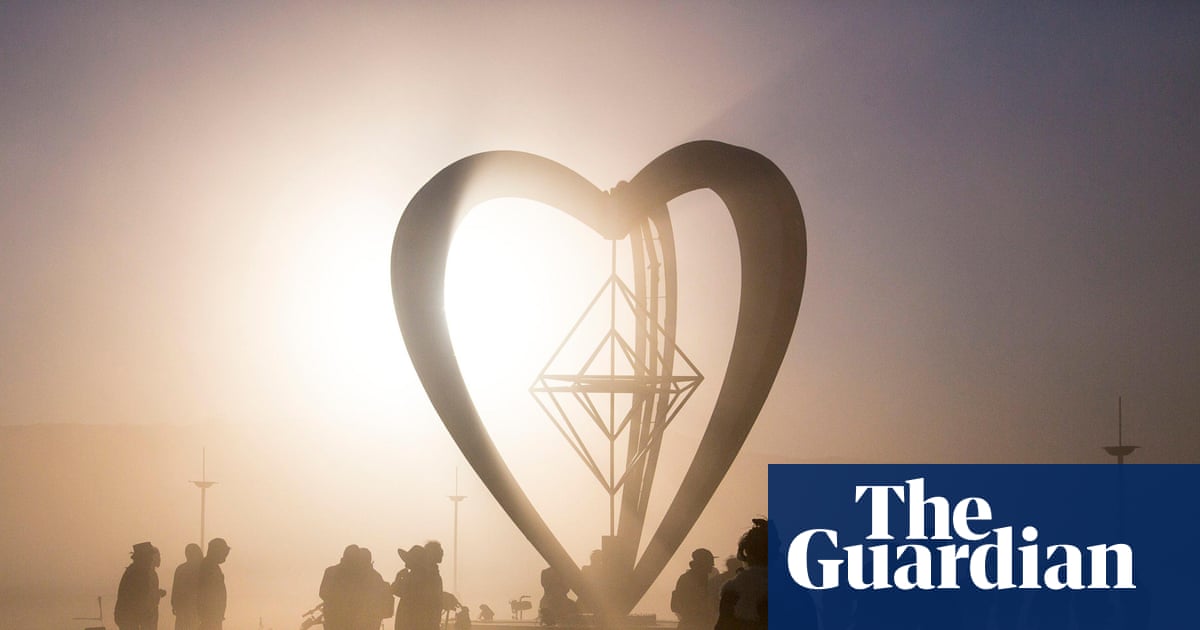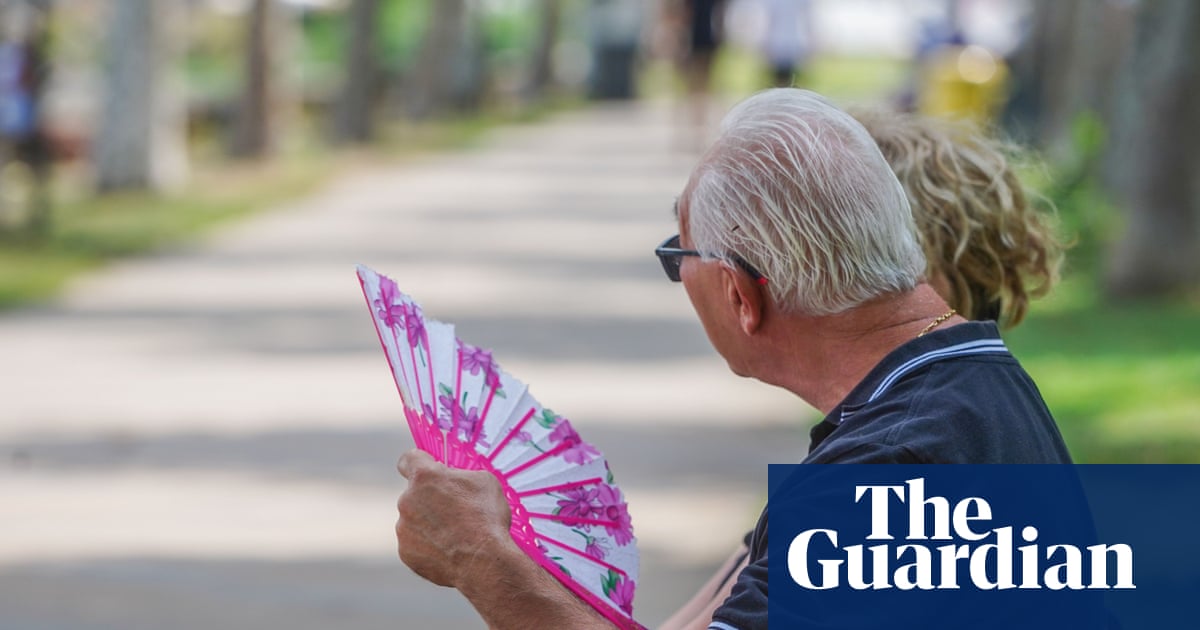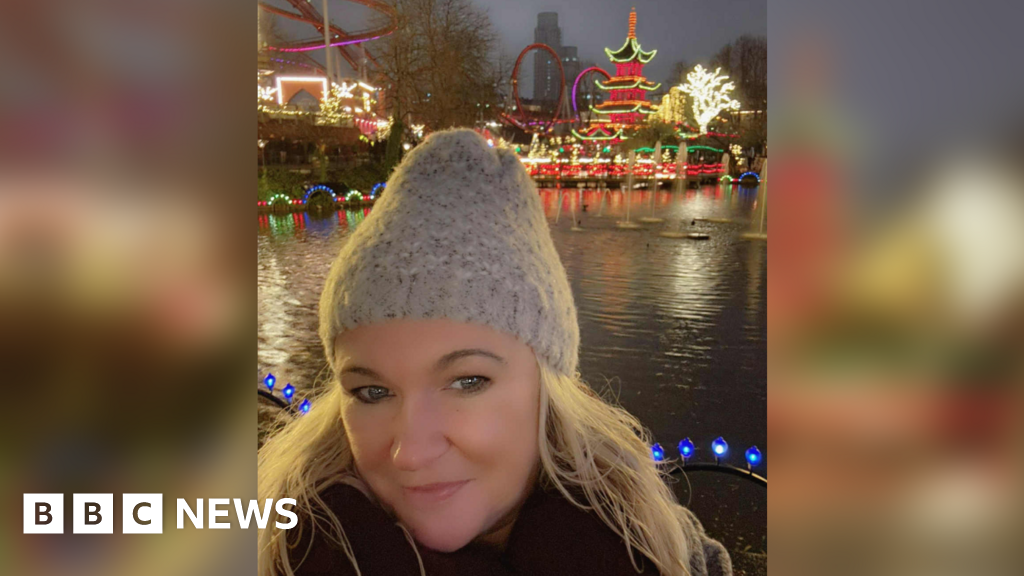Gaza City Faces Dire Crisis Amid Ongoing Conflict

In Gaza City this week, two contrasting sounds have dominated the atmosphere day and night. To the west, the relentless waves of the Mediterranean crash against a shoreline littered with debris, while to the east, the ominous echoes of shells, missiles, and rockets reverberate through the air, punctuated by dull thuds and occasional ear-splitting cracks.
Over 100,000 individuals have fled to Gaza City, a place that was once a thriving commercial and cultural center within the Palestinian territories, now a refuge for those escaping the new military offensive dubbed "Gideon’s Chariots". This operation, recently initiated by Israel, has wreaked havoc across the ravaged towns and neighborhoods of northern Gaza.
As the newly displaced individuals huddle in makeshift shelters, hurriedly assembled encampments, or simply set up tents on the battered pavements, the sounds that surround them often indicate direct confrontations between Israeli troops and Hamas. However, the militant Islamist organization remains elusive, frequently operating from underground hideouts. More commonly, the booms and explosions they hear are the consequences of airstrikes and artillery barrages that have tragically resulted in the deaths of approximately 750 people and injuries to over 2,000, with a significant number of casualties being women and children, according to local medical officials.
On Wednesday, a distraught Mohammed Abu Nadi recounted the nightmarish experience of moving his family from Jabaliya, a neighborhood east of Gaza City that has been obliterated due to repeated Israeli offensives. "What happened this week was another escalation... There were relentless bombings everywhere," the 33-year-old lamented. He described the harrowing story of a friend who, while attempting to secure transportation for his family, returned home only to find that his house had been reduced to rubble, along with the tragic loss of his wife and children. "They were just young children, innocent civilians with no involvement in anything. I was shocked when it happened. I quickly carried my wife and family and left the area heading towards Gaza City," Abu Nadi recalled, his voice tinged with disbelief.
Abu Adam Abdul Rabbo, 55, revealed that over 80 members of his extended family have perished throughout the 19-month-long conflict, which ignited following a Hamas incursion into Israel that resulted in the deaths of 1,200 individuals, predominantly civilians, and the abduction of 251 people, 57 of whom remain in Gaza. This ongoing Israeli military response has led to the deaths of more than 53,000 Palestinians, most of them also civilians, and has devastated the region’s infrastructure, obliterating roads, healthcare facilities, schools, and sanitation systems. Israeli officials maintain that their operations are aimed solely at military targets, alleging that Hamas uses civilians as human shields, a claim the organization vehemently denies.
Rabbo shared a chilling account of a blast that woke him from his sleep just a week ago, which struck his brother's home, claiming five lives. "We struggled to transfer their bodies to the hospital as a quadcopter drone was firing bullets everywhere. We managed to bury them in the Jabaliya town cemetery. After that, we decided to leave, fearing for the lives of our remaining children. We could carry only a few basic items – some clothes and food. My wife was crying bitterly, asking: ‘How will we survive? What can we take with us? How long will we remain displaced?'" Rabbo recounted, his eyes filled with despair.
This month, food security experts supported by the United Nations issued alarming warnings that the territory faces a critical risk of famine, with reports of rapidly increasing cases of malnutrition among the populace. A video report from inside an UNRWA warehouse highlighted the disastrous state of aid access, with many community kitchens struggling to provide around 300,000 meals a day, while free bakeries that had supplied daily bread for many have shut their doors. The limited amount of food available for purchase is beyond the financial reach of most residents, with items like 1 kilogram of tomatoes or onions selling for an exorbitant $13.
“Every corner of every street is crowded with people,” lamented Amjad Shawa, the director of the Gaza NGOs Network based in Gaza City. “They are living in rubbish dumps, cesspits. We have no water to deliver, no food, no tents or blankets or tarpaulins, nothing. People are very, very hungry but there is nothing to give them.” The dire conditions are further compounded by reports from UN officials stating that their clinics and pharmacies are no longer able to provide 40% of the treatments classified as essential by the World Health Organization. Medics have noted a troubling increase in cases of abscesses, skin diseases, and acute diarrhea, alongside numerous injuries resulting from airstrikes.
Dr. Iain Lennon, a British emergency medicine consultant working in Mawasi, southern Gaza, pointed out, “We see some children with malnutrition, but everyone complains of being hungry. We often see patients who are tired or dizzy because they just have not eaten enough.”
In recent days, Israel has slightly eased the stringent blockade implemented in early March, following the expiration of a fragile ceasefire. On Friday, a total of 100 trucks entered the territory; however, minimal aid has actually reached those in need. Humanitarian officials have identified security as a critical issue, noting the law and order improvements that had occurred during the ceasefire have now deteriorated. A convoy of 20 trucks, each carrying 20 tons of wheat flour for the World Food Programme, faced significant setbacks, with only three reaching their intended destination. The remaining trucks were either hijacked by looters or malfunctioned.
“You don’t see lines of children with rib cages and spines showing like in Africa,” remarked one UN official, “but there you have no roads and a population scattered over an area the size of Europe. Here, there is 130,000 tonnes of aid just the other side of the entry points into Gaza, only a few kilometers away.”
Confidence remains low regarding the U.S.-backed Israeli initiative to facilitate aid deliveries that is set to commence next week. This plan entails establishing a few distribution hubs in southern Gaza, managed by private contractors and guarded by Israeli troops who will vet recipients. UN aid workers have criticized this approach as hazardous, impractical, and potentially unlawful. To obtain aid, Palestinians would need to traverse up to 25 miles (40km) across perilous, rubble-strewn roads during an active conflict, despite a severe lack of available transport, merely to collect a monthly 20kg food parcel.
Shawa expressed his concerns, stating, “It would be very difficult to go there, and there is no guarantee that you can come back. This is an engineered strategy to displace people and start clearing the north of Gaza.” Israel maintains that the initiative is vital to prevent Hamas from seizing and selling aid to fund its operations. However, aid officials in Gaza asserted on Friday that there has been no evidence of any widespread diversion of aid during the conflict.
Meanwhile, the most vulnerable populations suffer the most. Just six weeks ago, Ihab al-Attar’s eldest son, who resides in Beit Lahia, attempted to return home to retrieve food and clothing but was struck by a missile and severely injured. "There was no warning and no evacuation orders from the Israeli military," recounted Attar, 41. His son Mahmoud, now a shadow of his former self, underwent a series of operations that saved his life but left him without much of his intestines and suffering from an infected wound. When the renewed Israeli offensive commenced 10 days ago, the family was forced to abandon their battered but habitable home and relocate to a tent on a street in Gaza City. With almost all hospitals in northern Gaza rendered non-functional and the remaining facilities overwhelmed, the family has resorted to trying to care for Mahmoud on their own. “Now Mahmoud’s condition worsens day by day,” Attar lamented. “The hardest part is watching my son dying before my eyes and being unable to do anything for him. I fear I will lose my son.”
Another individual facing immense hardship is Yazan, Nadi’s eight-year-old quadriplegic son, who, according to his father, requires a specialized diet and care. “He has become extremely thin and is suffering from severe malnutrition. I took him to the hospital several times, but the doctors told me they can’t do anything for him,” Nadi reported, his voice heavy with concern.
As hope for relief dwindles, negotiations for a new ceasefire remain stalled, and the arrival of aid in northern Gaza is likely to take days, if not weeks, if it arrives at all. Umm Ammar Jundiyea, 65, who is currently in Gaza City after fleeing from the eastern neighborhood of Shujaiya, shared her bleak outlook for the future. "The world does not care about what is happening in Gaza, even if we all die," she stated. As the mother of eight, she added, “This world is deceitful and hypocritical. It claims to be civilized and humane, but it only sees with one eye.”



























